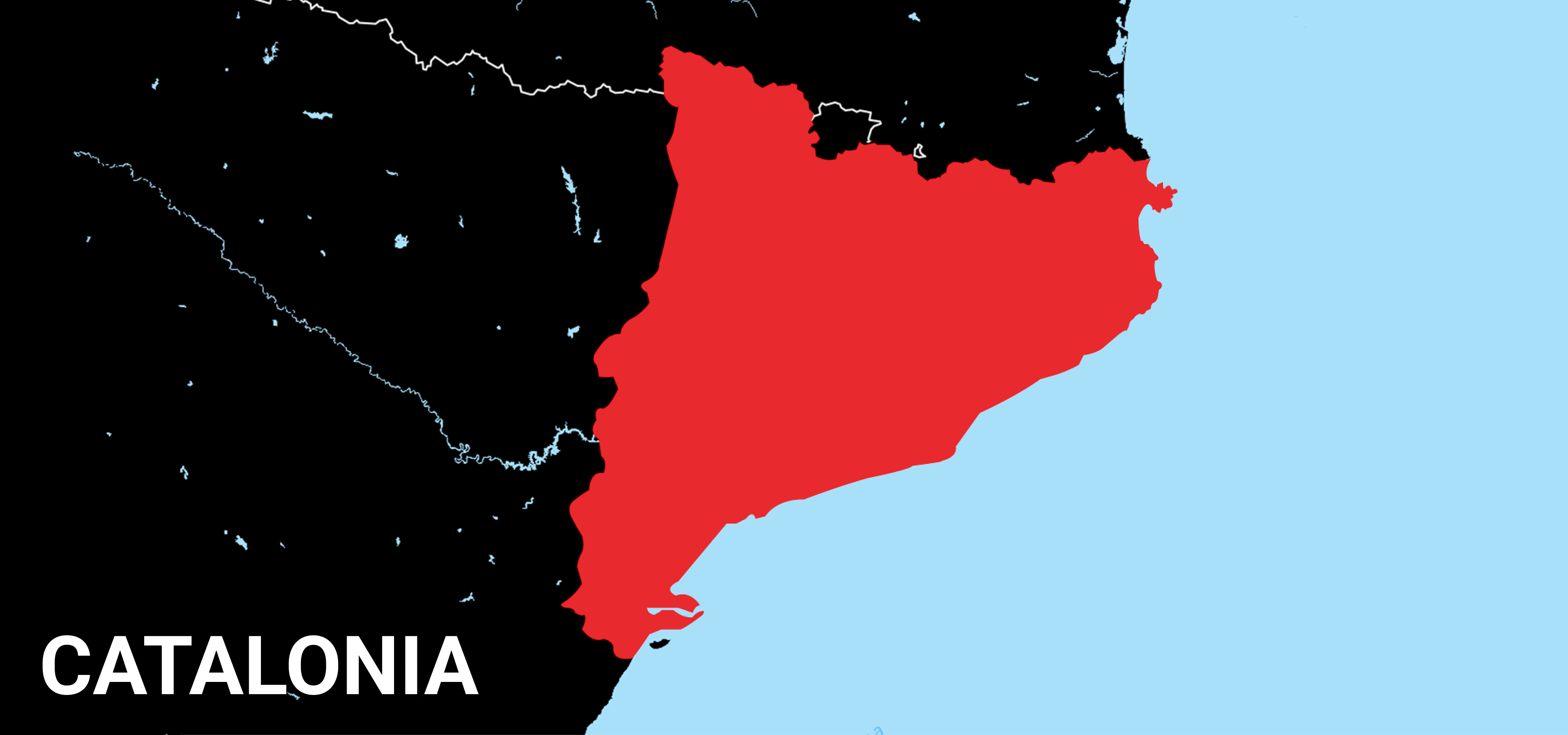
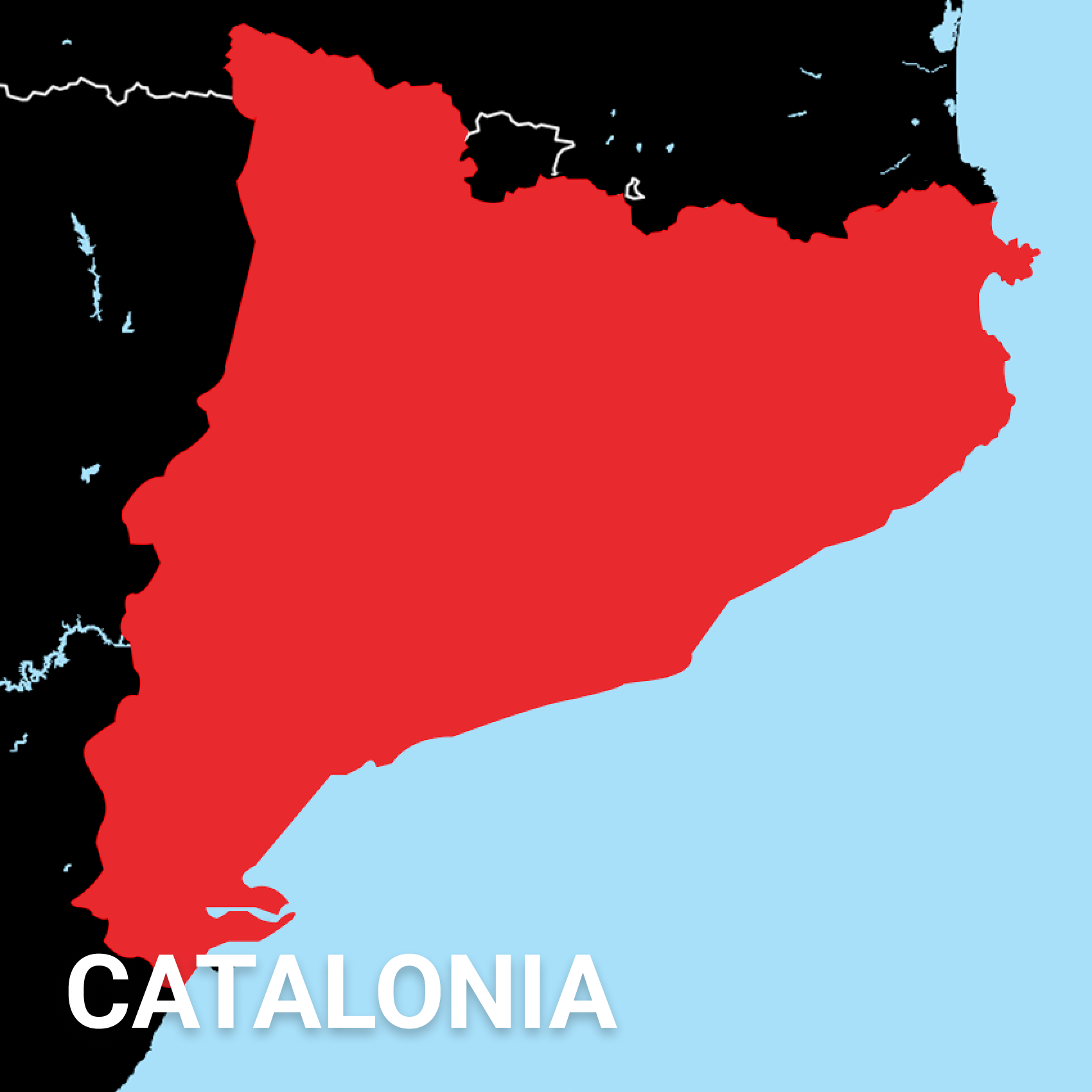
Catalonia represents the north-eastern part of the Iberian Peninsula. It borders France and Andorra to the North, the Mediterranean Sea to the south and south-east, the Valencian Community to the south-west and the Aragon Community to the west. It has an area of 32 108 km2 that extends from the coast to the high mountains of the Pyrenees through the inland plains. Along this area, natural and semi-natural habitats are interspersed with agricultural and built-up areas. These different units conform a characteristic mosaic distributed in a gradient that concentrates the most urbanised areas in the south-east of the region and the most natural and mountainous areas in the north and north-west. Relying on its location, Catalonia has a typical Mediterranean climate (except for the Aran Valley, which has an Atlantic climate). Despite this, given the great geographical variety of the territory, especially in terms of altitude and relief, there are remarkable climatic and meteorological contrasts throughout Catalonia, which determine the incredible landscape diversity of the territory.

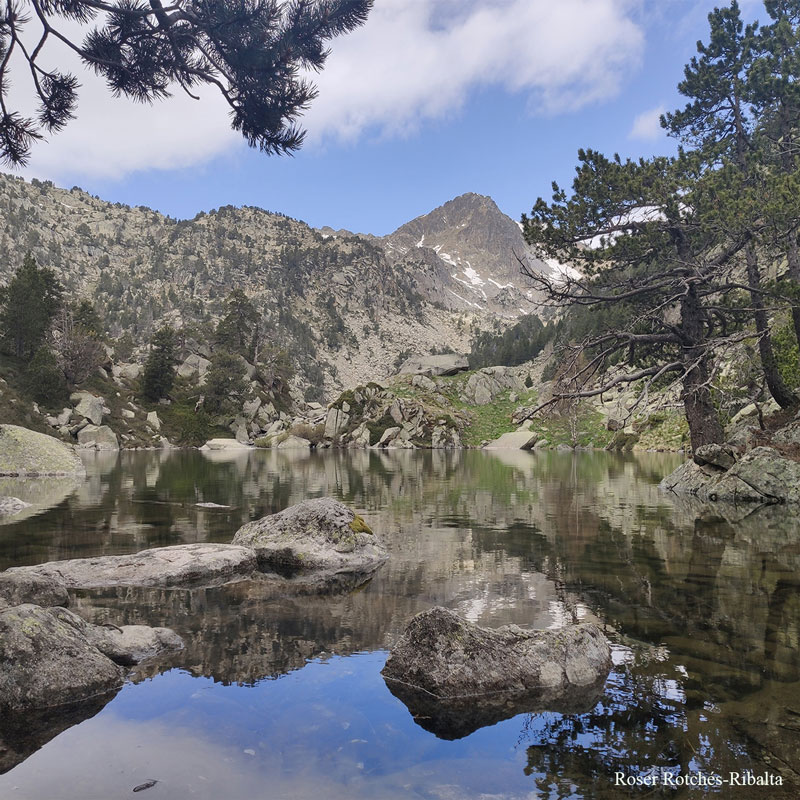
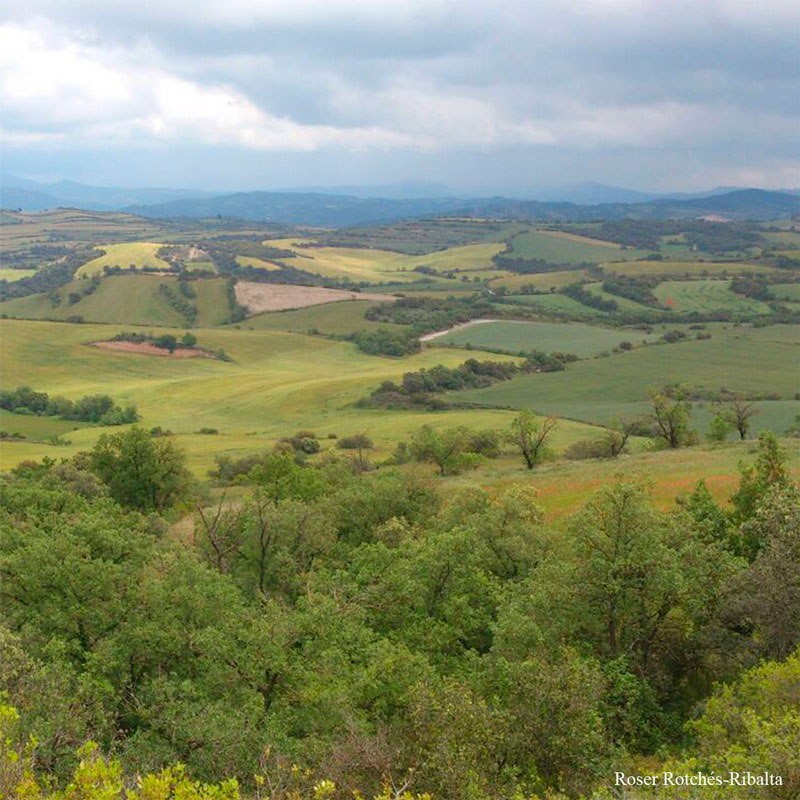
Species
The project aims to collect information on the distribution of a group of exotic species in Catalonia considered invasive in the region, which are relevant and simple to identify.
Biological invasions are one of the most important components of the current global change and a serious threat to the conservation of biodiversity and to the functioning of ecosystems, apart from the socio-economic problems they involve. The rapid detection of potentially invasive species in the region is of great importance in order to prevent major infestations and reduce the potential impacts they may cause.
See assessment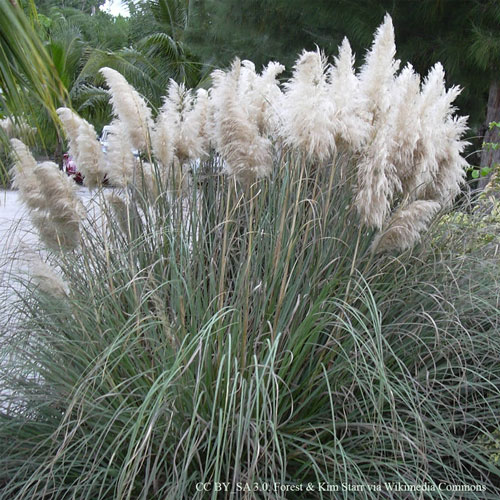

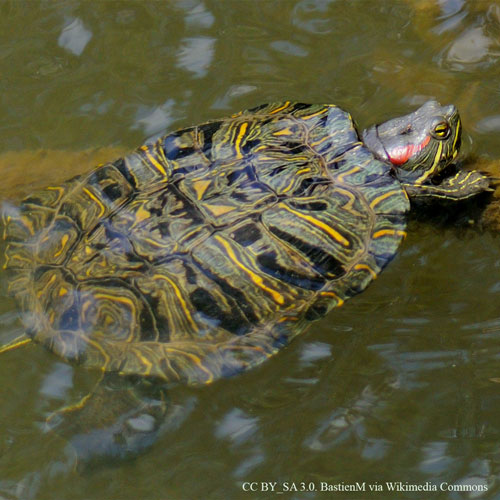
How to participate
Joining the BioBlitz of invasive species in Catalonia is very easy! Here there are the main steps you may need:
1. Download the iNaturalist app (for android or ios) to your smartphone or tablet or you could access the web iNaturalist through your computer and create an account.
2. You can join the EXOCAT project in iNaturalist to keep track of the observations made by you and other volunteers involved.
3. During the weekend from May 20th to 22nd, record all your observations using the inaturalist app though photographs of the invasive species in Catalonia that you detect.
4. The project will be open beyond this weekend, so whenever you find one of these invasive species, take the opportunity to continue documenting it in the EXOCAT project at iNaturalist. More detailed instructions on how to use iNaturalist for the EXOCAT project on invasive species in Catalonia 2022 are provided as a supporting pdf (in catalan).
For more information, please contact:
Roser Rotchés Ribalta r.rotches@creaf.uab.cat


